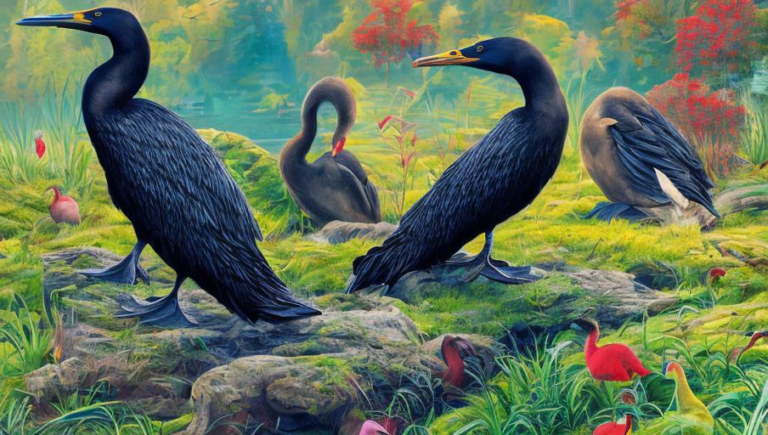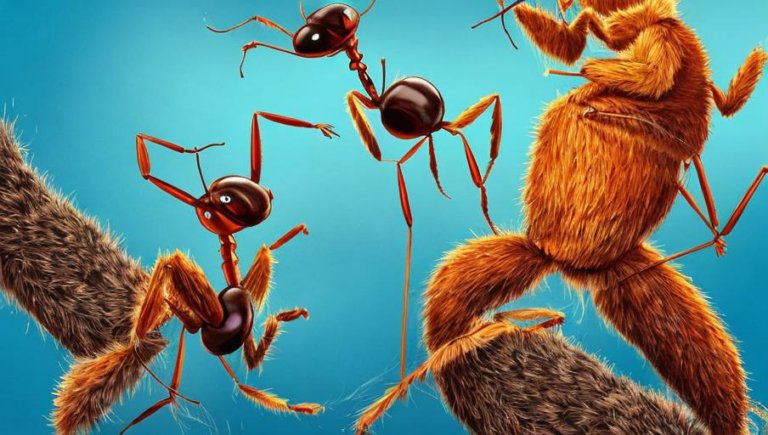Offering Protection to Alpacas

Introduction to Alpacas
Alpacas are a species of South American camelid, related to llamas, that are found in the Andes Mountains of Peru, Bolivia, Ecuador, and Chile. They are members of the family Camelidae, along with their more well-known cousins, the llama. Alpacas are smaller than llamas, standing at around 36 inches tall and weighing as much as 200 pounds. They have been used throughout history by the Andean people for their wool and as a source of food. Now, they are mainly farmed for their wool and are raised in herds in the highlands of Peru and elsewhere.
Threats to Alpacas
Alpacas face a variety of threats, both natural and man-made. Habitat loss due to human encroachment and climate change are major threats, as well as poaching for their wool and meat. Alpacas are also vulnerable to disease and parasites, which can be spread by other animals in their habitat. Additionally, the highland areas of Peru where alpacas are found are prone to natural disasters such as earthquakes, floods, and landslides, which can have a devastating effect on the alpaca population.
Protection Measures
In order to protect alpacas, a variety of measures have been put in place. In Peru, alpaca farming is regulated by the government, and owners must obtain a permit in order to keep alpacas. Additionally, the government has set up protected areas in the Andes where alpacas are allowed to roam freely. These areas are also monitored by the government, who enforce regulations to ensure the safety of the alpacas. Additionally, the International Alpaca Association (IAA) has been established, which works to promote the protection of alpacas and their habitats. The IAA also works to provide educational resources and research about alpacas, as well as to advocate for their continued protection.
Conclusion
Alpacas are an important species to protect, and a variety of measures have been put in place to ensure their safety. These measures include government regulation and protected areas, as well as advocacy from the International Alpaca Association. It is important to continue to protect alpacas, as their existence is essential for the health of the Andean ecosystem and the people who depend on it.





